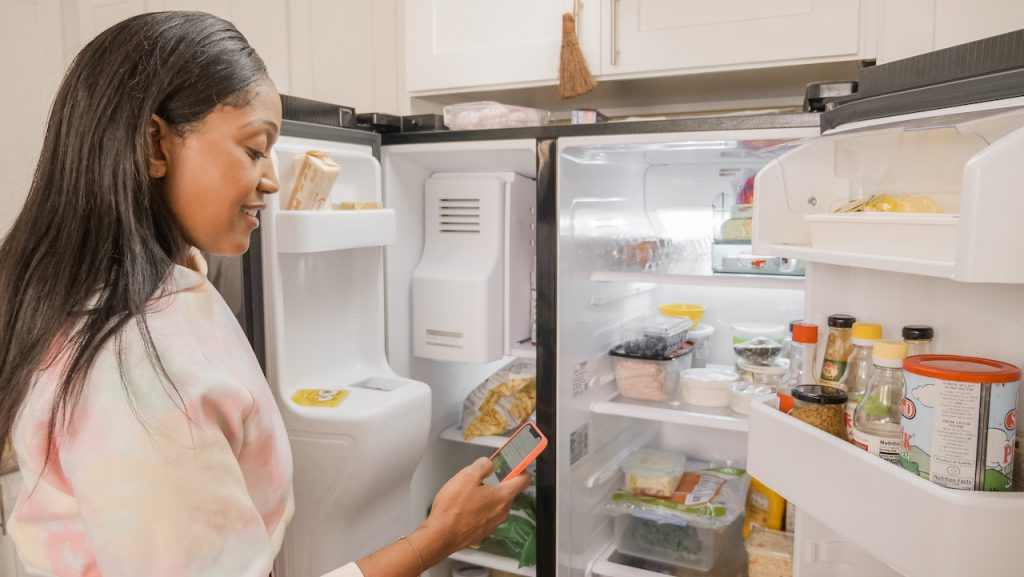
Cooking during the pandemic definitely changed how we use the freezer. These 5 tips have been helpful to reduce food waste, reduce meal prep time, and help us use our freezer more effectively.
Freezing Food is about Preserving the Quality of the Food
Oftentimes you will see the phrases “Best if used by,” “Sell by” and “Use by,” among others. It can be confusing but these dates refer to product quality and flavor and are not expiration dates. (The one consistent exception to this is infant formula. That date does mean what it says and any unused formula should be discarded after that date.)
The next time you notice a food product whose label date has passed, check for signs of spoilage like color, consistency or texture before deciding to consume or throw away.
Know How Long Something Can Be Refrigerated or Frozen
Technically, if you freeze something, it should last forever. But in reality, the quality of the food diminishes the longer it is in a freezer. Here are some guides from NC State Extension and FoodSafety.gov that may help.
- Storing Frozen Meat, Fish, and Poultry
- Storing and Freezing Produce at Home
- Tips for Freezing Family Packs of Meat
- How Long is Food Good in a Refrigerator or the Freezer
- Food Safety “Food Keeper App”
Freeze food when it is fresh
The freezer cannot reverse time. It just stops it for a while. It is best to freeze food that is fresh or food that has just been cooked (but cooled properly).
This is especially important for fruits and vegetables. Blanching fresh fruit and vegetables before freezing will kill enzymes that cause produce to turn brown and deteriorate.
- Frozen vegetables will be mushier than their fresh counterparts so consider using vegetables in soups, sauces, or mixed side dishes.
- Sauces and stocks freeze well. Making extra sauce and freezing it has definitely helped us on busy nights when there isn’t a lot of time for meal prep or dinner.
Do not put hot food in the freezer
This is both a health safety issue and a food quality issue. The food danger zone is 40o to 145o. Food should not be in the temperature range for more than 2-6 hours depending on the food. Cooked foods should be cooled down to under 40o before being frozen. Bacteria can grow in this temperature danger zone and your freezer temperature can be raised if you have a lot of hot food in your freezer.
Do not put food in the fridge to cool down immediately after cooking. Ideally, food should be left to cool down to room temperature on the stove or counter, and then transferred to the fridge to keep cooling down to 40o or below. Then food can be frozen. If the food is not cooling down quickly, you can portion out the food into smaller portions or add an ice bath to the food to cool it down.
Label Everything
This is one of my favorite tips from the “It’s Always Freezer Season” cookbook by Ashley Christensen and Kaitlyn Goalen. They even have a google spreadsheet with a list of everything they have in their freezer. We don’t have that much space in ours, but labeling everything has definitely helped us be more confident about the food we pull out of the freezer.
Labels should be easy to find whether you store your frozen foods in glass, plastic, or plastic bags. Make sure you include the date as well as a description of the food.
Don’t miss another great blog: Subscribe Now
